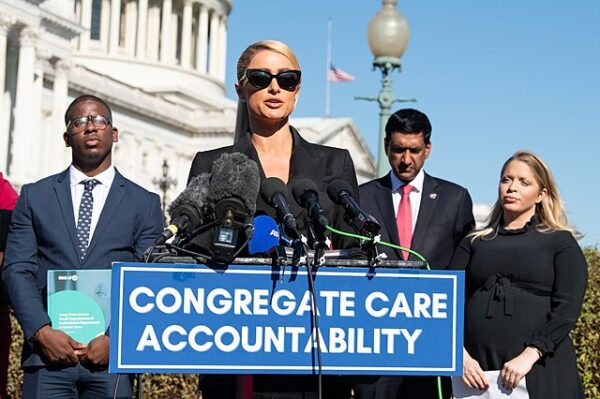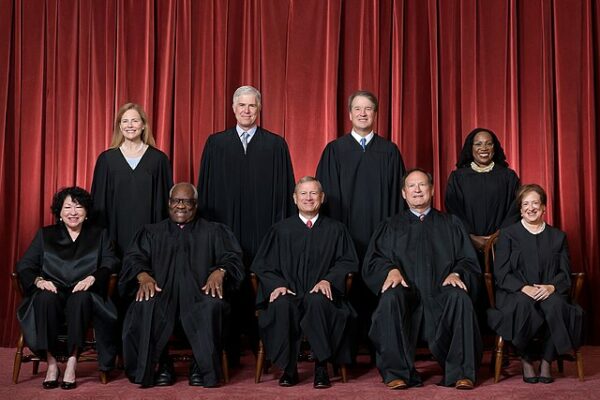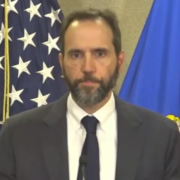
if Gavin Newsom wants to be president in a few years, he’s going to need to get a handle on energy costs, but he can’t stop kowtowing to environmentalists. California’s gasoline prices are climbing once again, as a wave of new environmental regulations collides with mounting public frustration and warnings of a broader energy crisis. At the center of the storm is the state’s updated Low Carbon Fuel Standard (LCFS), which took effect Tuesday and has already triggered price increases at the pump.
Some are even warning of shortages.
The LCFS is part of Governor Gavin Newsom’s aggressive climate agenda to achieve net-zero carbon emissions by 2045, writes The Daily Caller. But critics argue that the state’s pursuit of green energy is accelerating a crisis in affordability—particularly for working-class Californians. The state already leads the nation in gasoline taxes, and its cap-and-trade system has long been linked to elevated energy costs.
California’s average price for a gallon of gas hit $4.57 on Thursday, about $1.40 above the national average, according to data from AAA. Analysts now warn that prices could spike to $8 per gallon by 2026, especially if refinery closures proceed as planned. Facilities operated by major producers like Phillips 66 and Valero are among those slated to shut down, reducing in-state refining capacity.
Energy experts and industry advocates have repeatedly cautioned that the state’s regulatory framework—intended to drive a transition to electric vehicles and renewables—risks leaving residents behind. Among the most vocal critics is Senate Minority Leader Brian Jones, who has accused Newsom and state regulators of deliberately engineering higher fuel prices to force behavioral change.
Jones, a Republican from San Diego County, has filed a formal request seeking communications between the Newsom administration and the California Air Resources Board (CARB), alleging that officials failed to fully assess the LCFS’s economic impact. CARB initially estimated a 47-cent-per-gallon increase for 2024, only to revise its projection down to five or six cents—a shift Jones described as a “defensive scramble.” Other projections place the potential hike as high as 65 cents per gallon.
The criticism goes beyond short-term price spikes. Jones has questioned the viability of California’s broader energy strategy, pointing to the state’s dependence on foreign oil imports despite vast untapped reserves within its borders. He also raised doubts about the state’s electric grid, warning that it cannot reliably support mass EV adoption, especially during periods of peak demand. “Wind and solar,” he noted, “is not going to cut it here in California.”
Calls to reverse course on the LCFS have gained momentum. Jones says a petition to repeal the changes has gathered more than 40,000 signatures. Supporters argue that the policy disproportionately burdens low- and middle-income drivers who have few transportation alternatives. Critics also note that discussions of state-owned refineries—floated as a potential stopgap—raise deeper concerns about government overreach and long-term feasibility.
Despite the mounting backlash, state officials, including Newsom, have remained largely silent. Requests for comment from CARB and the governor’s office went unanswered, even as public discontent continues to build. For now, Californians face an increasingly volatile fuel market shaped not by global supply shocks or refinery mishaps—but by the political and regulatory decisions by Democrats working in Sacramento.
[Read More: It Might Be The Biggest Lie Biden’s Told]











